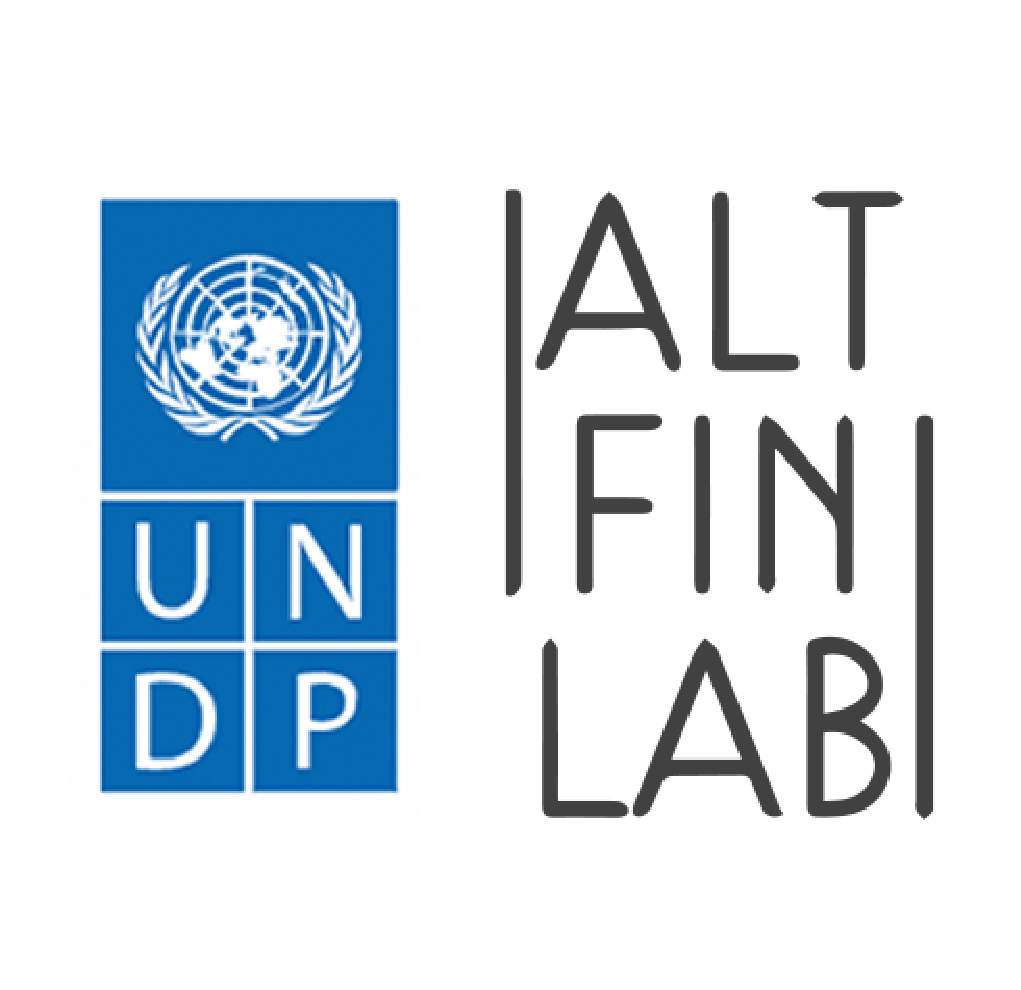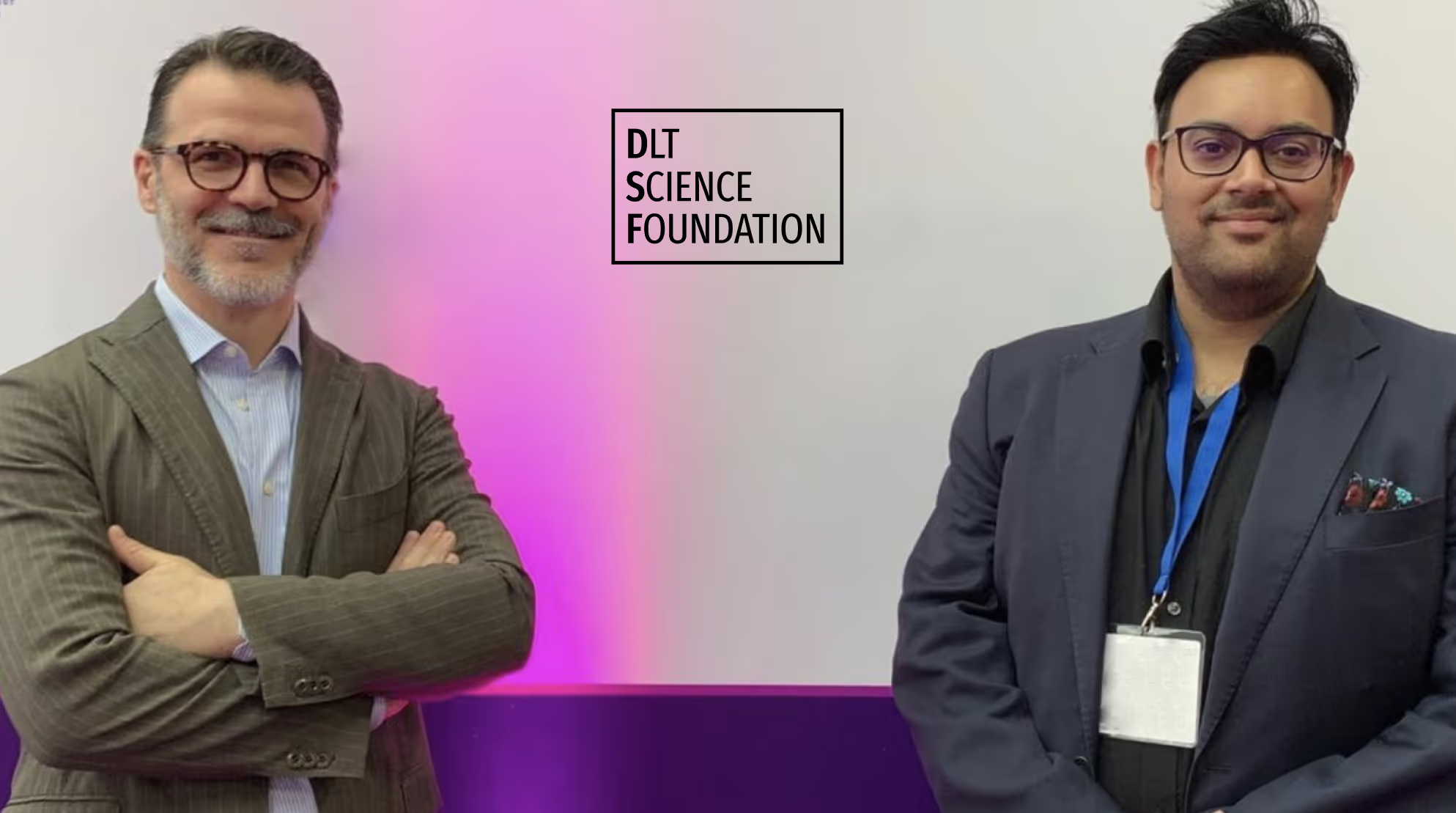The DLT Science Foundation (DSF) is a non-profit organisation that promotes the growth of distributed ledger technology by supporting education, research and innovation in the field. Though we are fortunate enough to have generous partners, our resources are finite, so to maximise their value, we have to decide from among applications where our support will go to make the greatest impact.
The crucial job of grant application assessment falls to the Grant Giving Committee (GGC). This article will explain how the GGC decide which applications receive funding, how the Committee is selected, as well as introducing its members.
What Makes a Worthy Grant Application?
Though the idea of distributed ledger technology (DLT) has existed since the 1990s, we’re still just seeing the tip of the iceberg regarding DLT’s potential application.
You’re likely familiar with DLT’s use in creating censorship-resistant forms of money, such as Bitcoin, but the spectrum of potential use cases now runs across almost every industry and sector, from tracking the provenance of raw materials to documenting war crimes.
It isn’t the job of the GGC to make a value judgement about the worthiness of one industry or sector over another, but rather to use its collective experience across academia and industry to assess the potential impact of a funded application based on its own specific merits and the criteria we set for awarding grants.
The DSF has constructed a grant application process to ensure submissions are structured in such a way as to highlight their merits, meet eligibility criteria and make consideration of public benefit and impact.
This filtering process begins by categorising the DSF’s grant giving into three broad areas:
- Education: Grants to fund individual or collective study into DLT or the creation of educational programs and initiatives.
- Research: Grants for groundbreaking research conducted into new DLT-based applications or inquiry.
- Innovation: Funding entrepreneurs from academia trying to bring innovative DLT products and services to the market.
The Importance of a Grant Submission Format & Structure
Despite providing a clear application form and process, there is significant room for interpretation of how best to structure and present an application within those parameters. The GGC’s approval decisions will reflect both the detail of the project and how it is presented and argued.
The GGC is committed to being as unbiased and consistent as possible, but only within the context of how a grant application is structured and written. We’ve published a separate article offering a guide to making a successful grant application.
Evaluation Criteria Used by the GGC
Once submitted, grant applications are first assessed by DSF Scientists to ensure eligibility has been met before review by the GGC itself which make the final decision considering criteria that include (amongst others):
- Scientific impact: Are you incrementally increasing knowledge or going for a breakthrough? We are looking for ambitious projects that align with our grant goals.
- Novelty: Are you addressing a gap in the market and using innovative methodologies?
- Industry impact: Will your project be relevant to industry and how will you involve them in your project?
- Value for money: Are your use of funds and resources efficient?
- Applicant quality: The merits of a project are not only measured by the submission details but the individual track records of those submitting it and the balance of the team that, together, will utilise the funding.
- Feasibility - No matter how interesting or compelling an idea is, grants will only be awarded to projects that make a convincing argument for their feasibility.
- Public benefit: How will you increase and improve the public's awareness of DLT and make meaningful outputs that are useful in the public domain.
The Importance of GGC Member selection
In order for the DSF to achieve its aim of furthering the adoption of DLT it has to create a flywheel that starts with education, promotes research and eventually produces innovative real-world applications.
Used effectively, grant funding can act as fuel to power that flywheel, which makes the role of the GGC in deciding if projects meet with the aforementioned criteria important. But the effectiveness of funding, and its impact on the DSF flywheel, is only as good as the members of the GGC and the criteria used to appoint them.
In addition to previous experience on grant-giving panels (within any context), four criteria (outlined above) used to evaluate grant applications are also used to determine the specialised expertise and experience needed from GGC members.
- Technical DLT knowledge: The GGC must possess practical and theoretical knowledge across all blockchain fields, such as cryptography, software engineering, economics and tokenomics, governance, regulation, security and privacy.
- Industry and startup experience: The GGC must include members who have founded successful startups so that the panel understands how ideas translate to real-world products. VC experience will enable the GGC to assess applications based on their potential to attract future investment.
- Innovator Mindset: As the DSF is looking to fund the next generation of innovators in the space, the GGC must recognise the type of attitude and mindset required to succeed. This can only come from first-hand experience of taking an idea from conception to reality.
- Operational experience: GGC members must possess operational experience across academia and commerce to understand the soft skills essential for project success as well as the mix of skills and experience needed across a project team as a whole to give it the best chance of success.
Having outlined the function of the GGC and the criteria used to select them, it’s time to meet the current members and see how their experience fits the bill.
Meet the DSF GGC
Ralf Glabishnig
Ralf Glabishnig is a serial investor and entrepreneur in the blockchain space, and is a stakeholder of 15 companies across tokenisation, securitisation, crypto-payments and provenance and has made investments in more than 40 startups.
Ralf played a pivotal role in building the blockchain ecosystem in Switzerland - as a founding member of the Crypto Valley Association and the Swiss Blockchain Federation - a model he has successfully replicated in the Middle East through the “Crypto Oasis”.
Ben Livshits
Ben Livshits is a Professor at Imperial College London and an Affiliate Professor at the University of Washington in Seattle. Known for his work in software reliability and security Ben worked for a decade as a research scientist at Microsoft Research in Seattle and was introduced to DLT technology in 2017 working as Chief Scientist for Brave Software.
Author of award-winning academic papers, Ben has registered dozens of patents and multiple tech transfer awards for research applications.
Niall Roche
Niall Roche is an active web3.0 entrepreneur and academic, founding The Building Block venture builder, and holding CTO-in-Residence at the UCL School of Management, teaching DLT, data science, software and data engineering.
Niall is a member of the Construction Blockchain Consortium, the Hedera TechCom and a Research Associate at the UCL Centre for Blockchain Technologies. He used his DLT experience to deploy the first proof-of-concept property transaction with the UK Land Registry.
Given the diversity of experience and knowledge of the DSF GGC, the members will also play an important role in publicising the funding program and engaging with potential applicants through social media, webinars and AMAs.
Grant Giving & Transparency
One of the properties that make distributed ledger technology so powerful is transparency. The DSF ensures that quality extends to the publication of grant allocations and, by sharing in our News section and social media the results of funding as projects progress to real-word application.
With the DSF officially launched, grant applications are now open, and the GGC are excited to review your proposals for inspirational new DLT-based projects.
GGC FAQs
How are the GGC members selected?
The DSF’s Board of Directors maps out the DSF’s strategic needs, which includes assembling a Grant Giving Committee with the right skills and experience to assess the most worthy grant applications that are aligned with the DSF’s values and goals.






.png)


